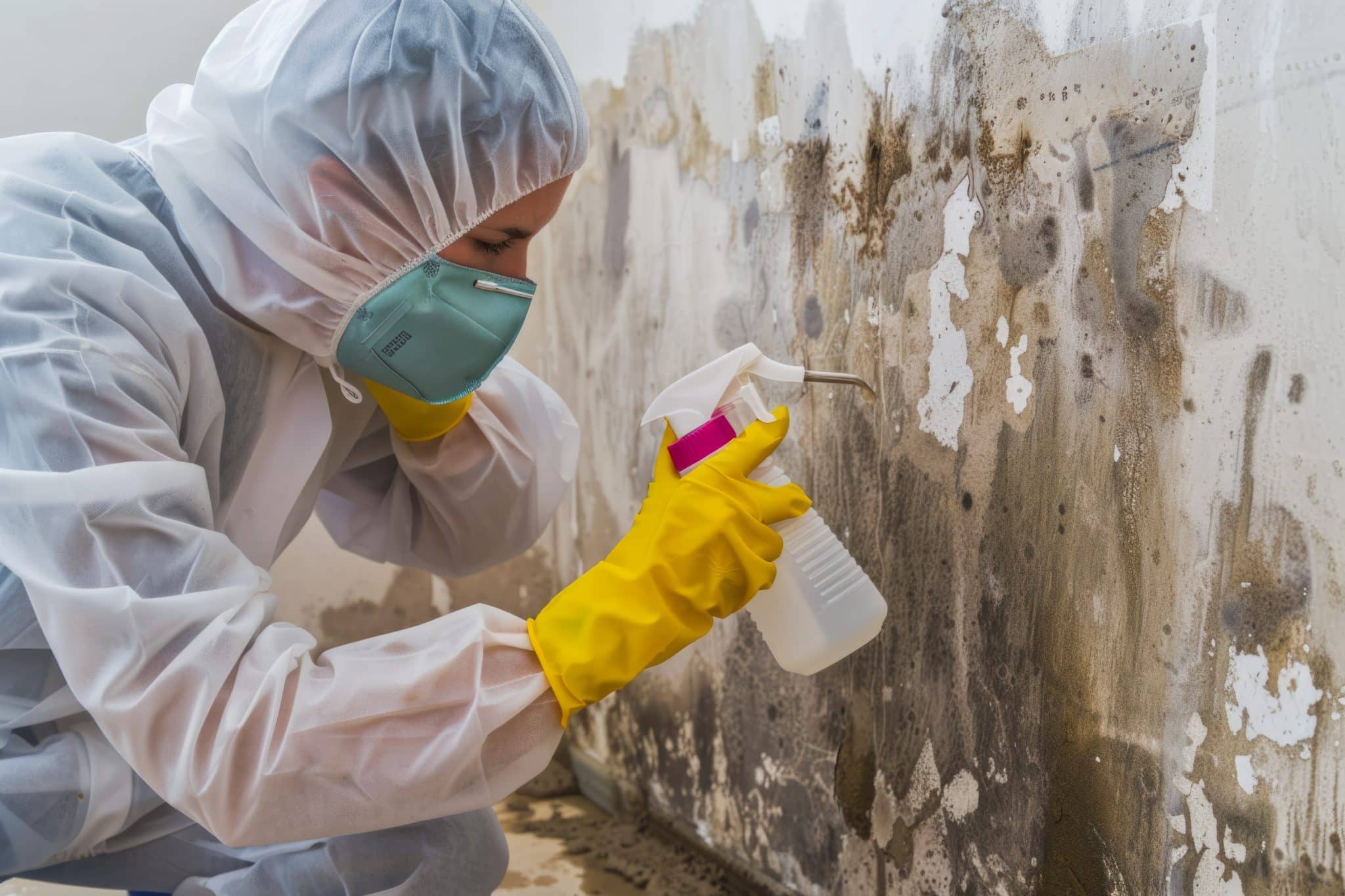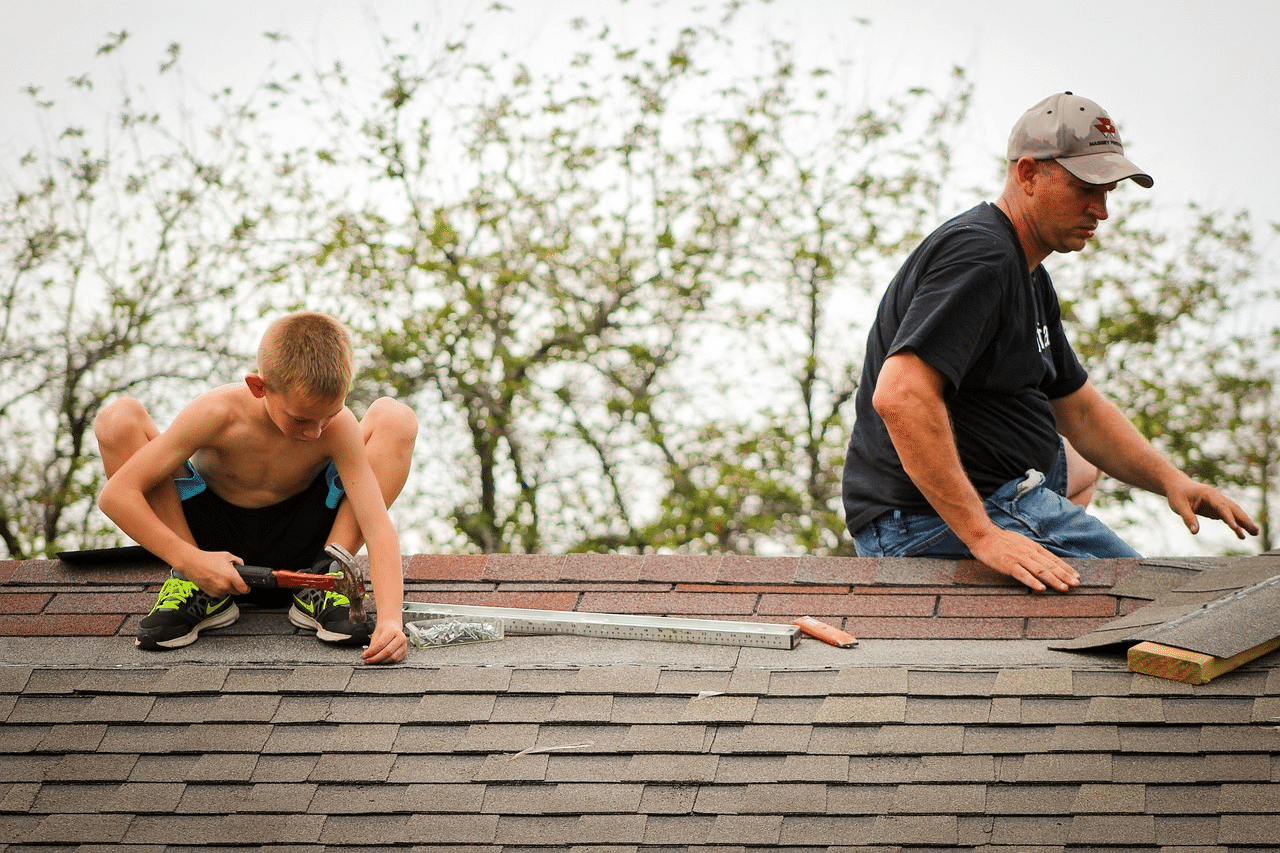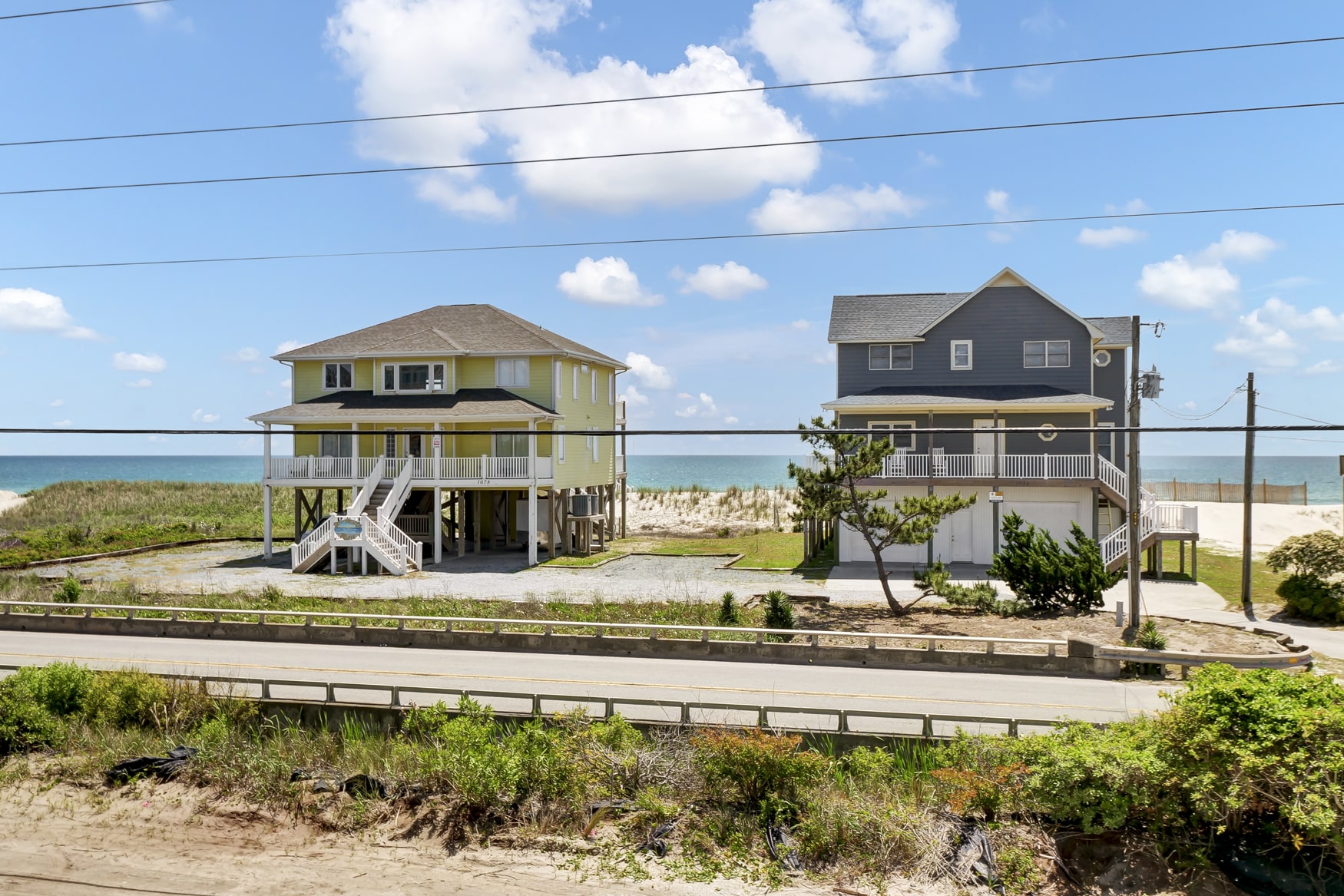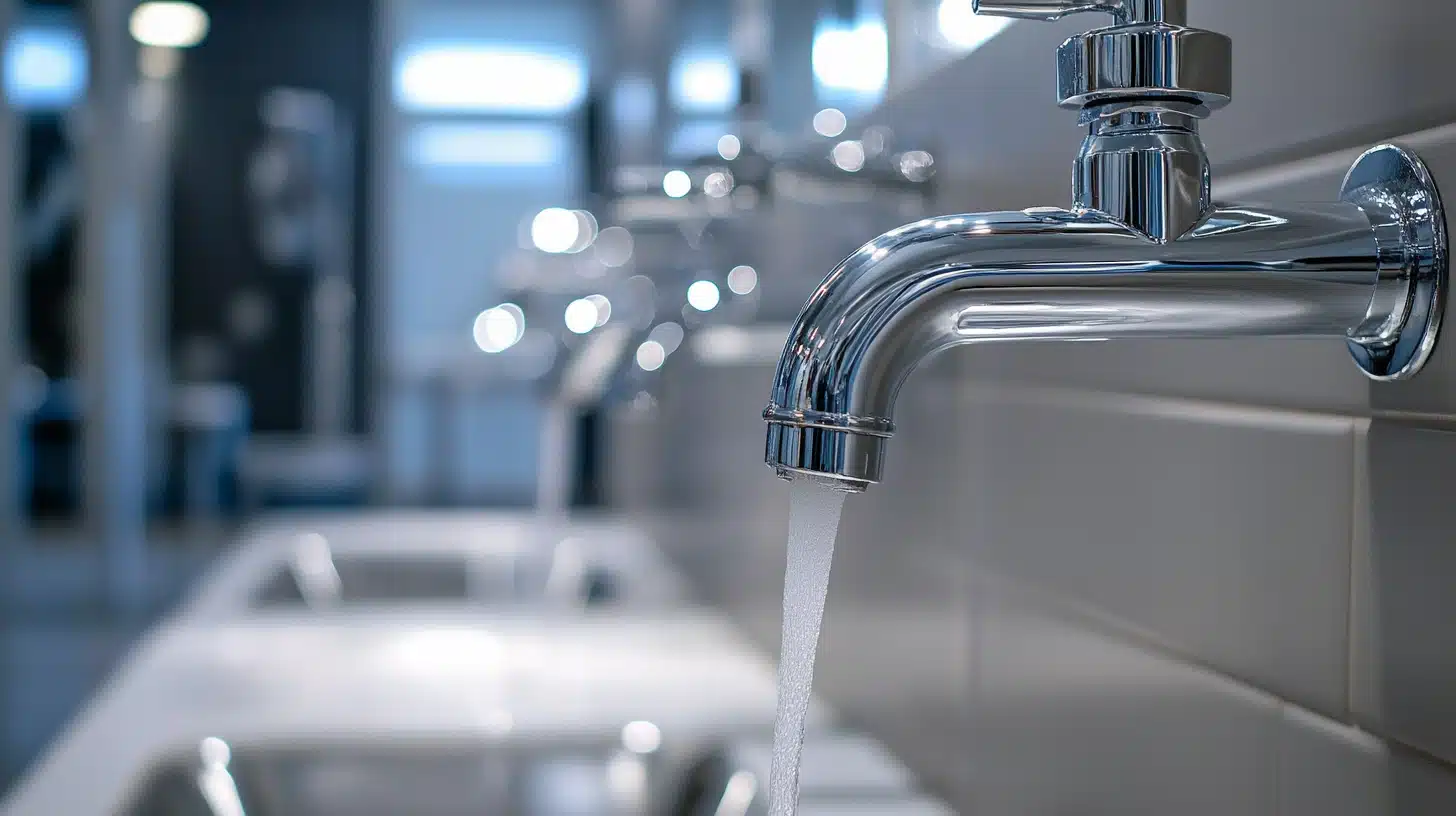How Mold Remediation and Inspection Can Save Your Basement
Have you ever noticed a musty smell in your basement or perhaps seen dark spots on the walls or ceiling? These could be signs of mold growth, a serious problem that can have detrimental effects on your health and your property. Fortunately, there’s a solution: mold remediation and inspection.
With that in mind, this guide will explore the signs of mold growth and discuss the importance of professional mold inspection and remediation services.
What Are the Signs of Mold Growth?

Mold growth can be subtle at first, but several key signs indicate its presence. Here are the common signs of mold growth:
1. Musty Odor
One of the earliest and most common indicators of mold is a persistent musty smell, especially in areas with poor ventilation, like basements or bathrooms. Even if mold is not visible, this odor suggests that mold may be growing in hidden places like behind walls or under flooring.
When dealing with these situations, it’s important to address the underlying moisture issues quickly, and professional service providers like Water Damage Saviors can help prevent further damage by tackling the root causes of mold growth.
2. Visible Mold
Mold may appear in various forms, often looking like black, green, white, or gray spots. It can appear in patches on walls, ceilings, floors, or other surfaces. Sometimes, it can resemble dirt or soot, but if you see discolored areas spreading or growing over time, it’s likely mold.
3. Water Damage or Stains
Water damage, damp spots, or discoloration on walls, ceilings, or floors are prime indicators of moisture problems that can lead to mold growth. If you see stains that persist or worsen over time, especially after leaks or flooding, it’s essential to inspect for mold.
4. Peeling or Bubbling Paint or Wallpaper
Excessive moisture behind walls can cause paint or wallpaper to peel, bubble, or warp. This is often a sign that mold may be growing beneath the surface, as moisture creates an ideal environment for mold to develop.
5. Allergic Reactions
Frequent allergic symptoms like sneezing, coughing, runny nose, red or itchy eyes, and skin irritation can be signs of mold exposure. If these symptoms worsen when you’re at home, particularly in specific rooms like the basement or bathroom, mold may be the culprit.
6. Condensation
Excessive condensation on windows, pipes, or walls suggests a moisture issue that can lead to mold growth. Mold thrives in damp environments, so chronic condensation may indicate that mold is already present or that conditions are ideal for it to develop.
7. Warped or Softened Surfaces
If wood or drywall feels soft or appears to be warping, it could be a sign of long-term moisture exposure, often accompanied by mold growth. The mold weakens these materials over time, leading to structural issues and further deterioration.
The Importance of Mold Remediation and Inspection

Mold remediation and inspection can play a crucial role in saving your basement from long-term structural damage, health risks, and overall deterioration. Here are some reasons:
1. Early Detection of Mold Growth
Mold inspection helps detect mold growth at its early stages, particularly in basements where the combination of moisture and darkness creates an ideal environment for mold to thrive. Identifying mold early prevents it from spreading to other areas of the home, which helps mitigate further damage and reduces the complexity and cost of remediation.
2. Preventing Structural Damage
Mold can degrade organic materials like wood, drywall, and insulation, seriously weakening the structural integrity of your basement over time. If left unchecked, this deterioration can lead to expensive repairs. By performing mold remediation, you not only remove the mold but also preserve the health of the basement’s foundational elements, ensuring the long-term durability of the structure.
3. Improving Indoor Air Quality
Mold spores can easily become airborne, especially in basements where ventilation is often limited. These spores can significantly impact indoor air quality, leading to respiratory problems, allergies, and other health issues. Proper mold remediation eliminates these harmful spores at the source, resulting in cleaner air and a healthier environment for your family.
4. Preventing Future Mold Growth
Mold remediation doesn’t just focus on removing existing mold but also addresses the underlying causes, such as water leaks, poor drainage, or insufficient ventilation. A thorough inspection during the remediation process helps identify these issues, allowing for corrective measures to be implemented.
5. Mitigating Health Risks
Prolonged exposure to mold can lead to serious health problems, including asthma, allergies, and, in severe cases, fungal infections, particularly in individuals with weakened immune systems. By inspecting and remediating mold in your basement, you significantly reduce the health risks associated with mold exposure, protecting the well-being of everyone in the household.
6. Preserving Home Value
Mold can negatively impact the value of your property, especially if potential buyers detect it during an inspection. A basement free of mold, thanks to regular inspections and professional remediation, helps preserve the value of your home. Maintaining a clean, mold-free environment makes your property more attractive to buyers and protects your investment.
7. Avoiding Costly Renovations
If mold issues are ignored, they can lead to costly and extensive renovations. Structural damage, water damage, and rotting materials can escalate the repair expenses considerably. Regular mold inspections, combined with timely remediation, can prevent these expensive renovations, saving you money in the long run by addressing mold problems before they worsen.
Conclusion
Mold growth in your basement can be a serious problem, but it’s not insurmountable. By being vigilant about signs of mold and taking prompt action, you can protect your health, property, and the overall value of your home. Early moisture detection and professional remediation are your best defense against mold-related health risks and property damage.







